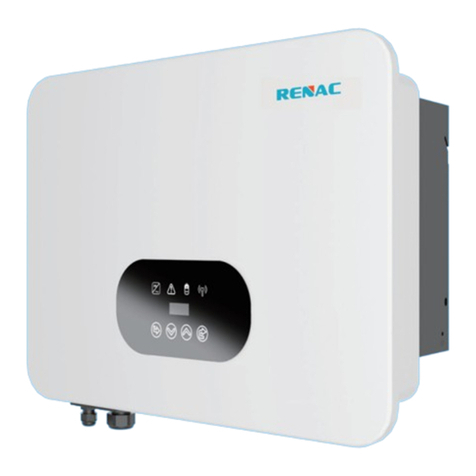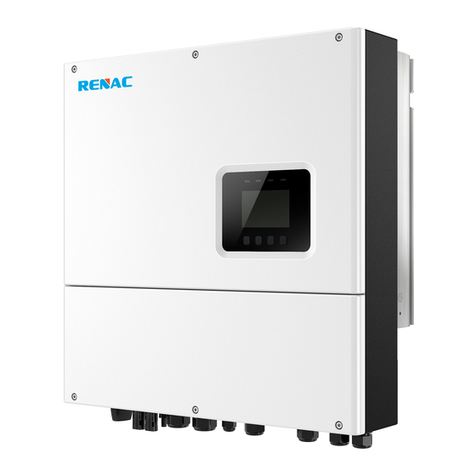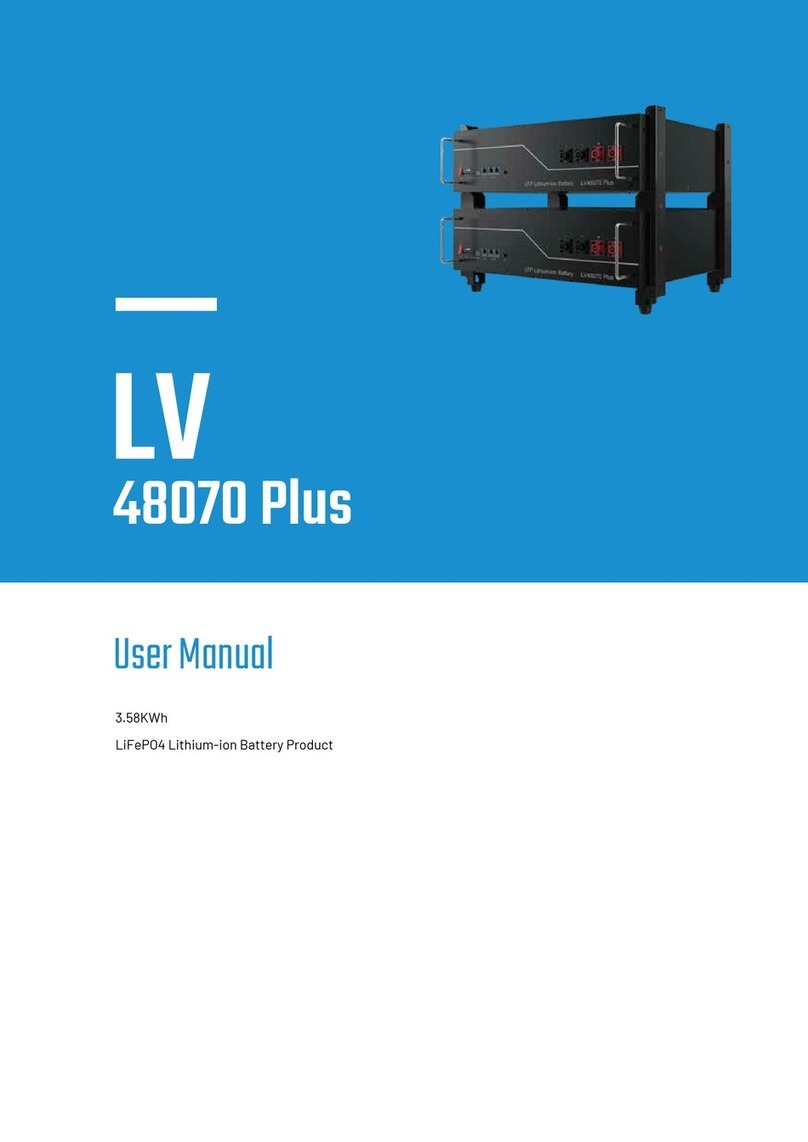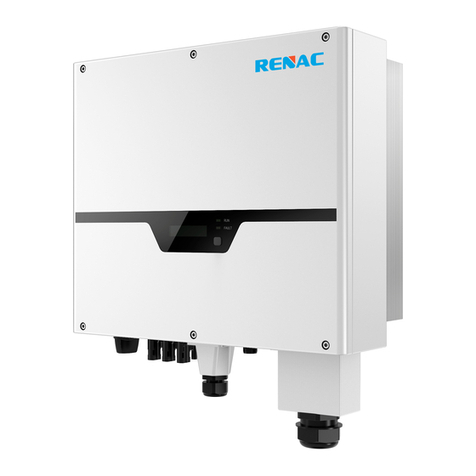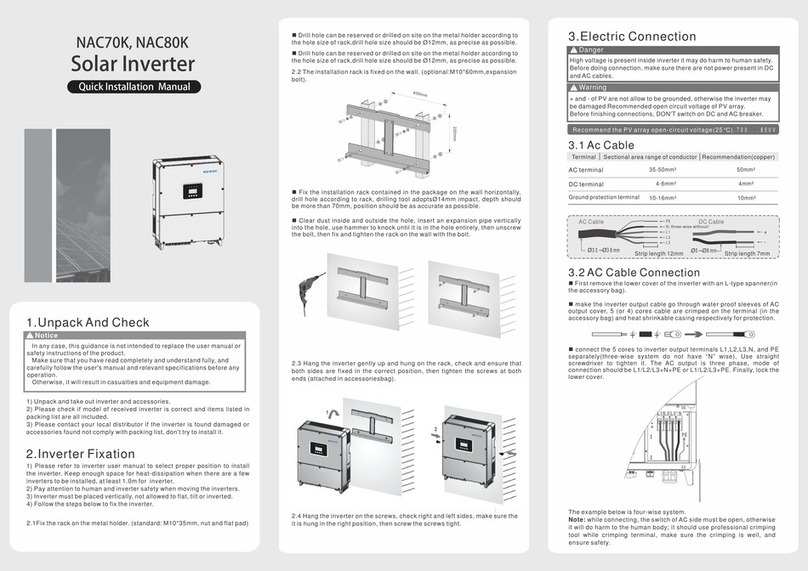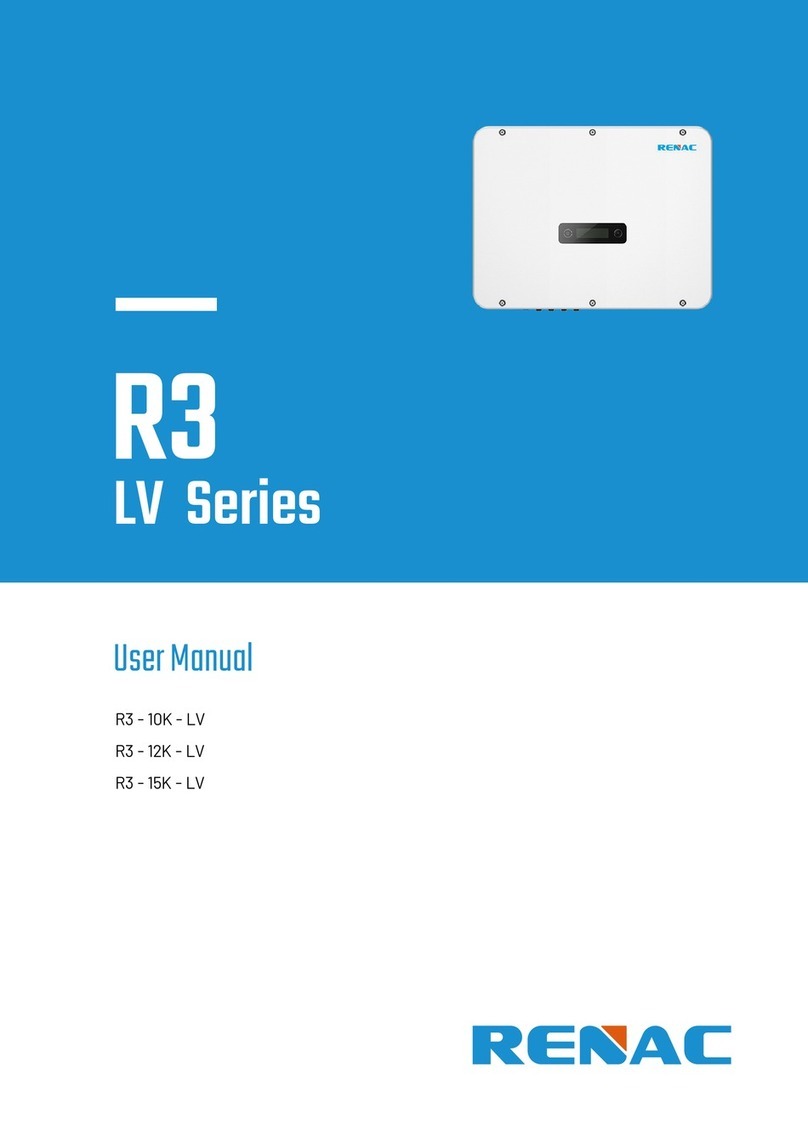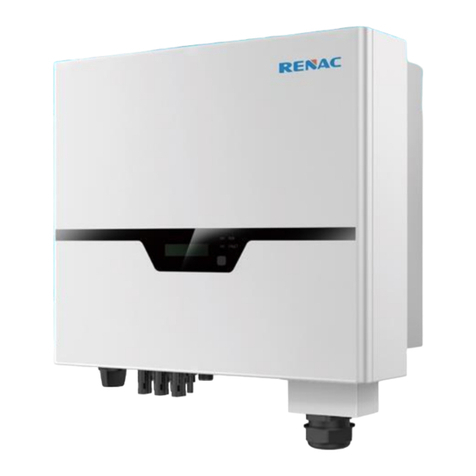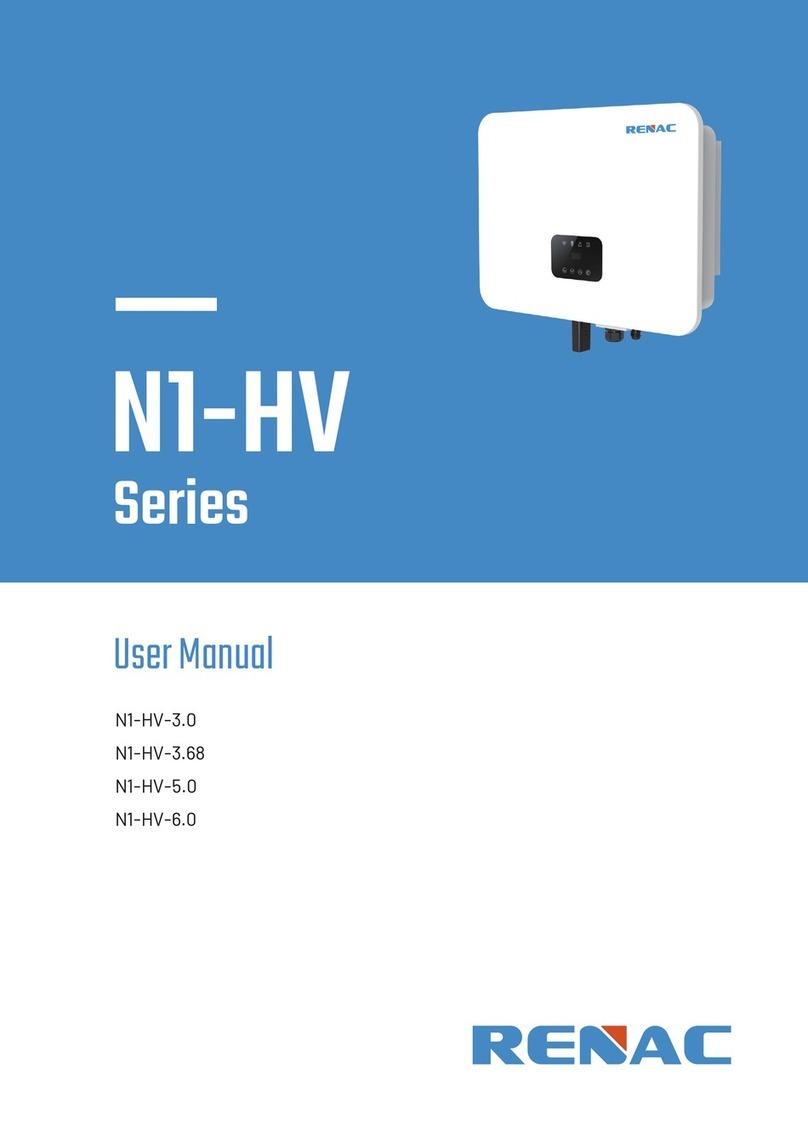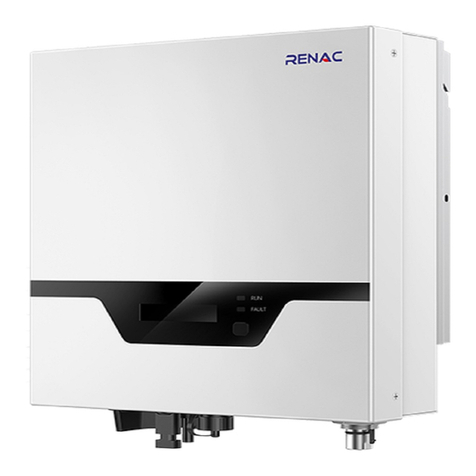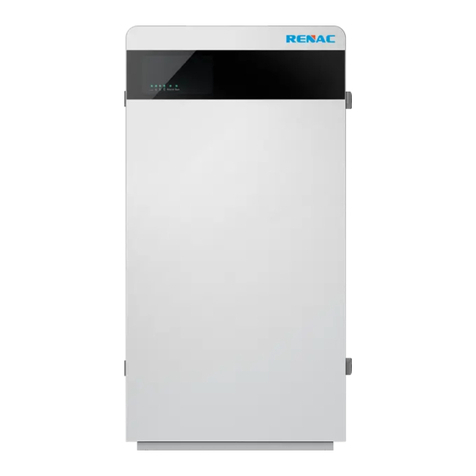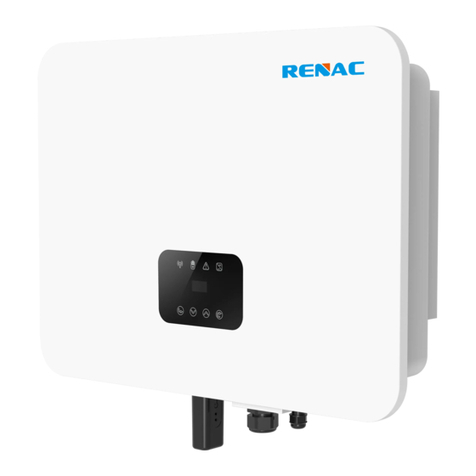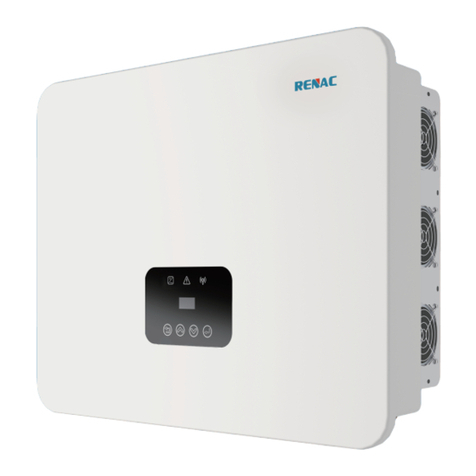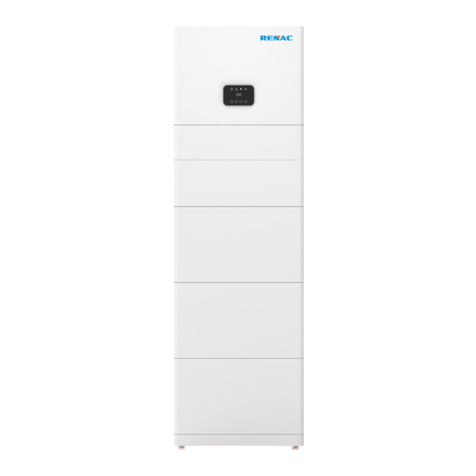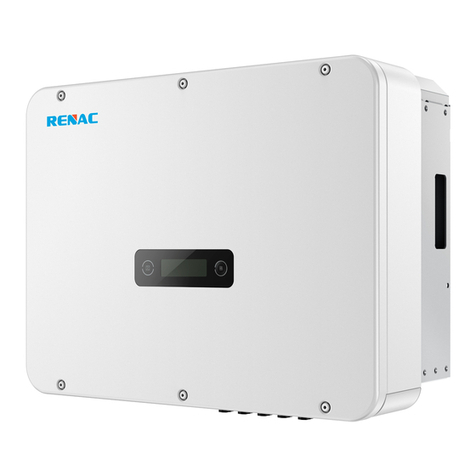
1
Content
1. Introduction.........................................................................................................................................................2
1.1 Introduction...................................................................................................................................................2
1.2 Applied designations...................................................................................................................................2
1.3 Important safety information......................................................................................................................2
1.4 System sizing...............................................................................................................................................3
2. Technical description of inverters ...................................................................................................................3
2.1 Mechanical design ......................................................................................................................................3
2.2 Electrical system design.............................................................................................................................5
2.3 Technical data..............................................................................................................................................5
2.4 Grid codes....................................................................................................................................................6
3. Installation and startup......................................................................................................................................7
3.1 Package information...................................................................................................................................8
3.2 Installation environment .............................................................................................................................8
3.3 Installation position......................................................................................................................................8
3.4 Mounting procedure....................................................................................................................................9
3.5 Electrical connection.................................................................................................................................11
3.6 Starting the Inverter ..................................................................................................................................14
4. User Interface...................................................................................................................................................15
4.1 Led and key................................................................................................................................................15
4.2 LCD display................................................................................................................................................16
5. Warranty ...........................................................................................................................................................17
5.1 Warranty claim procedure........................................................................................................................17
5.2 Service after warranty expiration ............................................................................................................17
Appendix A: FAQ (Frequently asked questions).............................................................................................18
